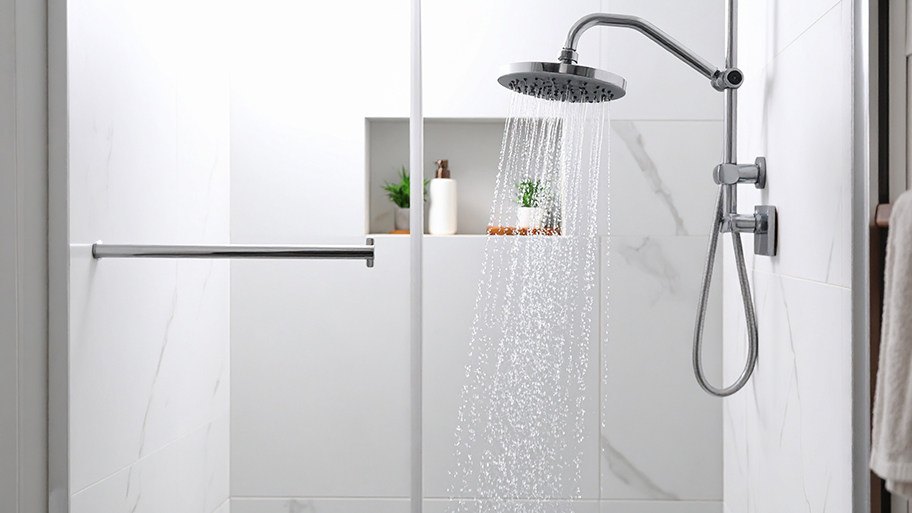
Water softener repair costs can add up, but they’re almost always worthwhile. Use this guide to see what your project is going to cost before you get started.
Avoid salty surprises


A clean water softener will help your system run efficiently and last for years. Over time, salt buildup, mineral deposits, and residue can clog the system. The good news? Even if you're an inexperienced DIYer, you can learn how to clean your water softener on your own and have it sparkling in about an hour.
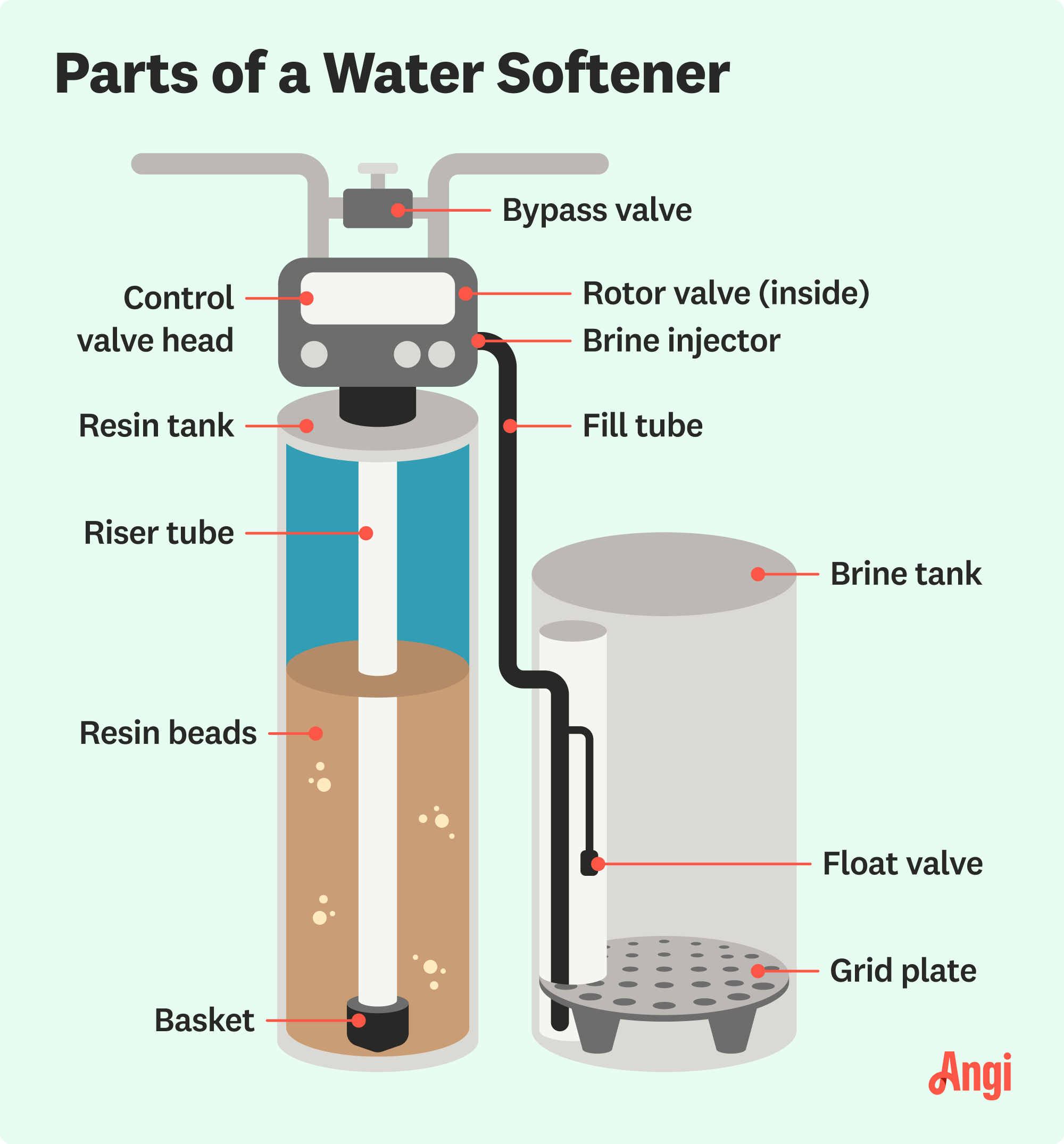
Cleaning the resin tank is best completed when the salt in the water softener is low. Pour an iron-removing cleaner, which you can find at your local home improvement store, into the resin tank. Let the solution sit for at least an hour, or as long as indicated on the cleaner. Then, run a regeneration cycle to remove wastewater.
Disconnect the water softener from its power source. Then, open the bypass valve and drain the water in the brine tank.
Buildup on the venturi valve can block the valve's flow. Wipe down the valve with a clean cloth to remove sediment and prevent a clogged water softener.
It's common for salt bridges and salt mushing to form inside the brine tank. Remove the salt accumulation using a clean cloth or rag. For stubborn salt residue, use some hot water to loosen the salt and continue cleaning. Once it's broken up, you can use a vacuum to rid the tank of any salt.
Mix together a cleaning solution of two tablespoons of dishwashing liquid and one to two gallons of water. Dip a bristle brush into the solution and scrub the inside of the tank. Rinse out the tank with clean water and ensure no suds are left behind.
Let the tank air dry and use a clean rag to remove any leftover wet spots. Reassemble the tank and refill it with clean water and salt. Connect to power and turn the water softener on.
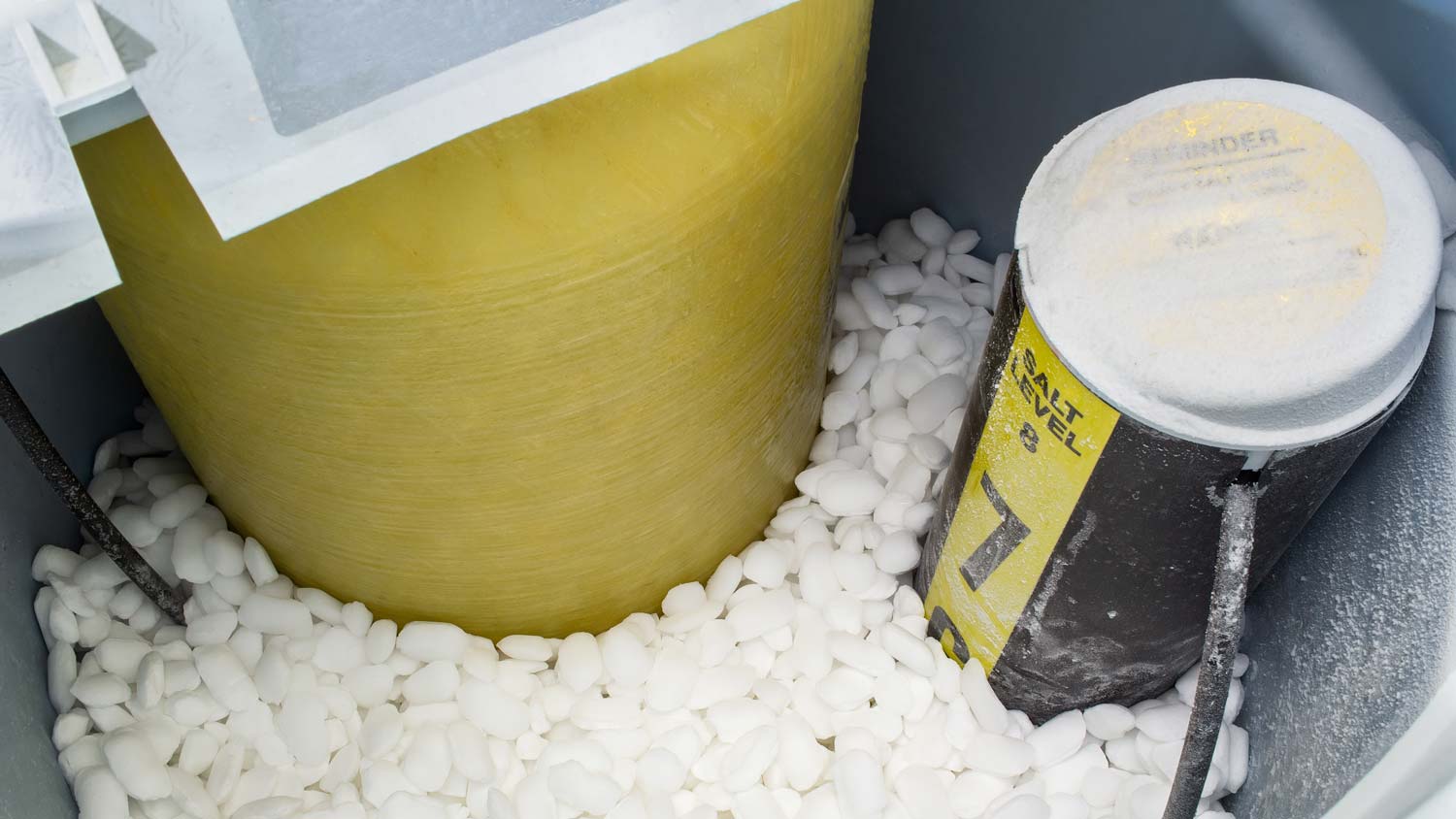
Keep your water softener working efficiently by avoiding these mistakes while cleaning:
Using harsh chemicals: Use manufacturer-recommended cleaners or gentle at-home solutions to avoid damaging internal components.
Forgetting to unplug the unit: Always disconnect the power to prevent electrical hazards.
Not thoroughly cleaning the brine tank: Leaving sludge, salt bridges, or salt mushing can block water flow and prohibit performance.
Overfilling the salt tank: Too much salt can cause clumping and block the system.
Ignoring resin care: Failing to clean the resin tank can cause hard water issues.
Skipping valve checks: Dirty or clogged valves can affect regeneration cycles.
Rushing the rinse cycle: Let the system fully rinse to prevent leftover residue.
Cleaning the unit once a year is a good water softener maintenance schedule. However, the exact timing depends on your water quality and system usage. Hard water signs like soap scum buildup, stiff laundry, or a drop in water pressure might indicate it's time for a cleaning. Check the brine tank every few months for salt bridges or sludge buildup, as these can interfere with the softening process.
If your water has high iron or mineral content, you will need to clean the system more often to prevent clogging and resin damage. If your water starts tasting salty or feels slippery, that’s a sign the system may not be rinsing properly and that it’s time for a thorough clean.
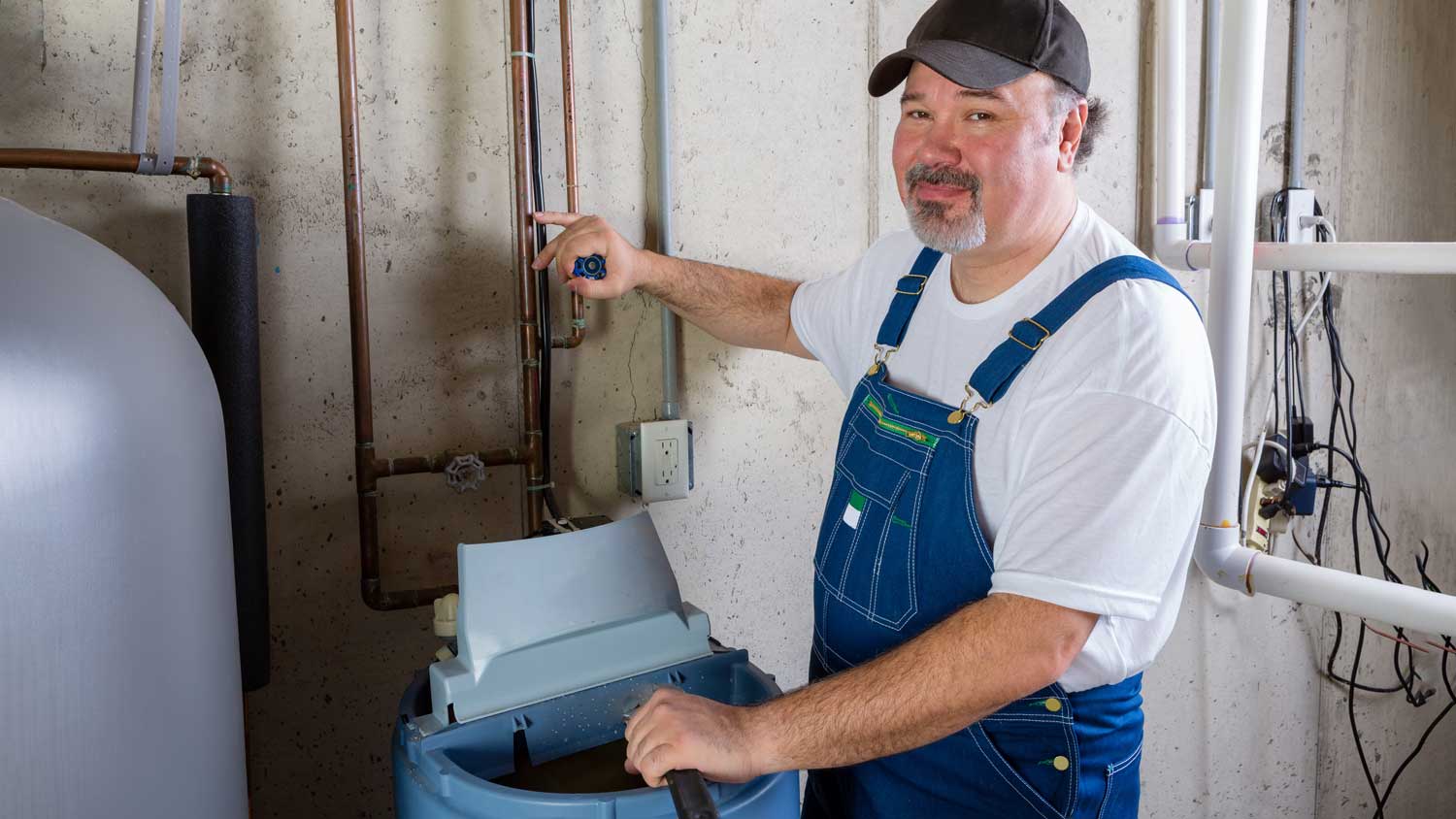
Learning how to clean a water softener is a great DIY task if you’re comfortable handling basic maintenance. Cleaning the brine tank, removing salt bridges, and running a manual regeneration cycle are straightforward tasks with a little guidance from the user manual. If you’re noticing minor issues, like reduced water softness or slower cycles, giving the system a thorough clean and checking for buildup can solve the problem without needing professional help.
However, if you run into persistent problems, such as rusty water, constant error codes, or resin damage, it's time to call a local water softener repair pro. A technician can deep-clean the resin tank, replace worn parts, and troubleshoot complex mechanical or electrical issues. If your system is older or hasn’t been serviced in years, a professional inspection can catch small issues before they become costly repairs. The average water softener repair cost ranges between $165 and $975.
From average costs to expert advice, get all the answers you need to get your job done.

Water softener repair costs can add up, but they’re almost always worthwhile. Use this guide to see what your project is going to cost before you get started.

Wondering about water treatment system costs? Learn average prices, key cost factors, and ways to save on installation and maintenance for your home.
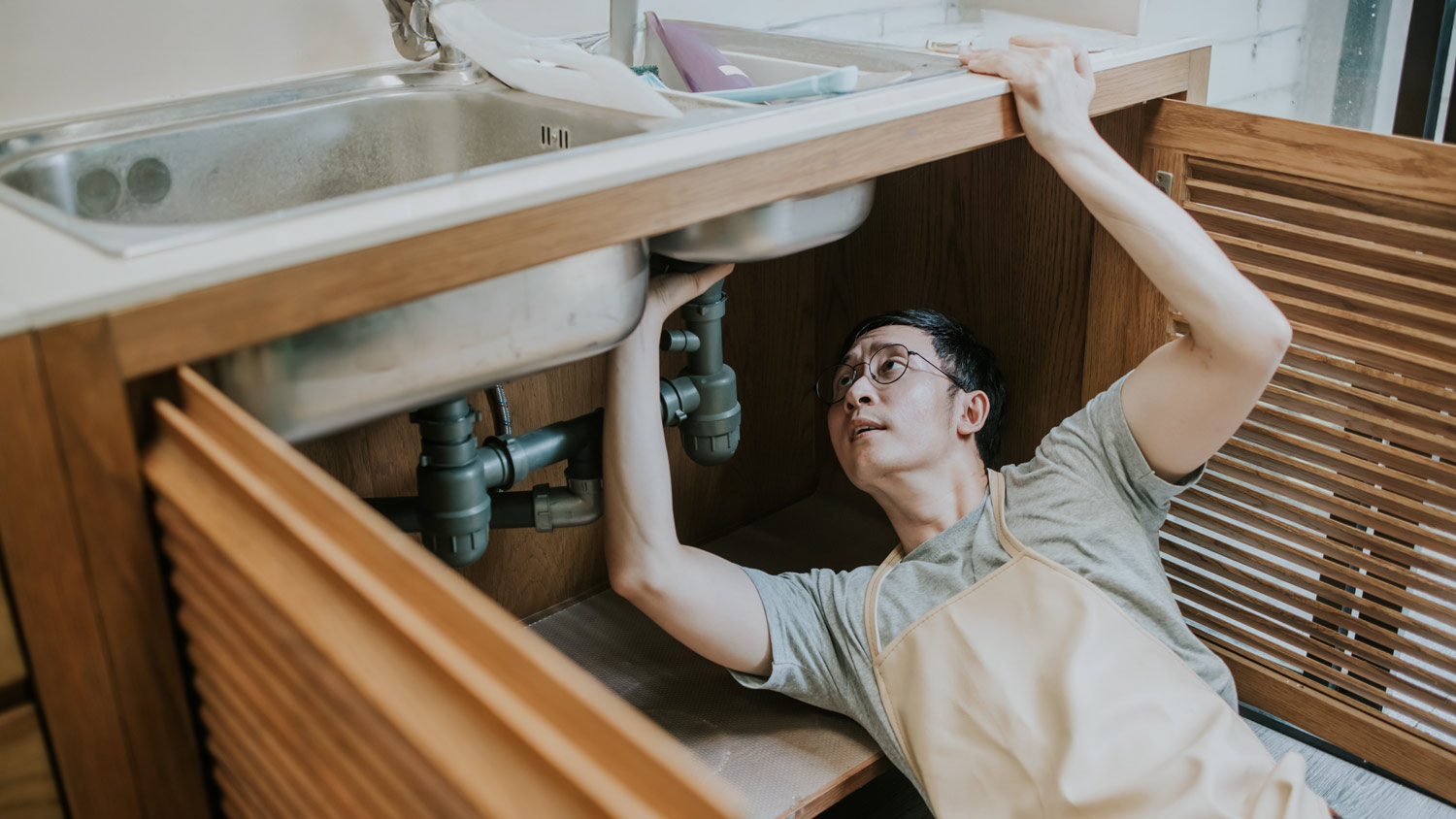
Your cost to install an under-sink water filter will depend on the type and size of system you choose and whether you need professional installation.

Discover the key differences between a water filter versus water purifier. Find out which option is best for your household's water needs.

Removing a water softener for repair or replacement requires a few tools but a lot of skill. Learn how to remove a water softener like a pro with this guide.
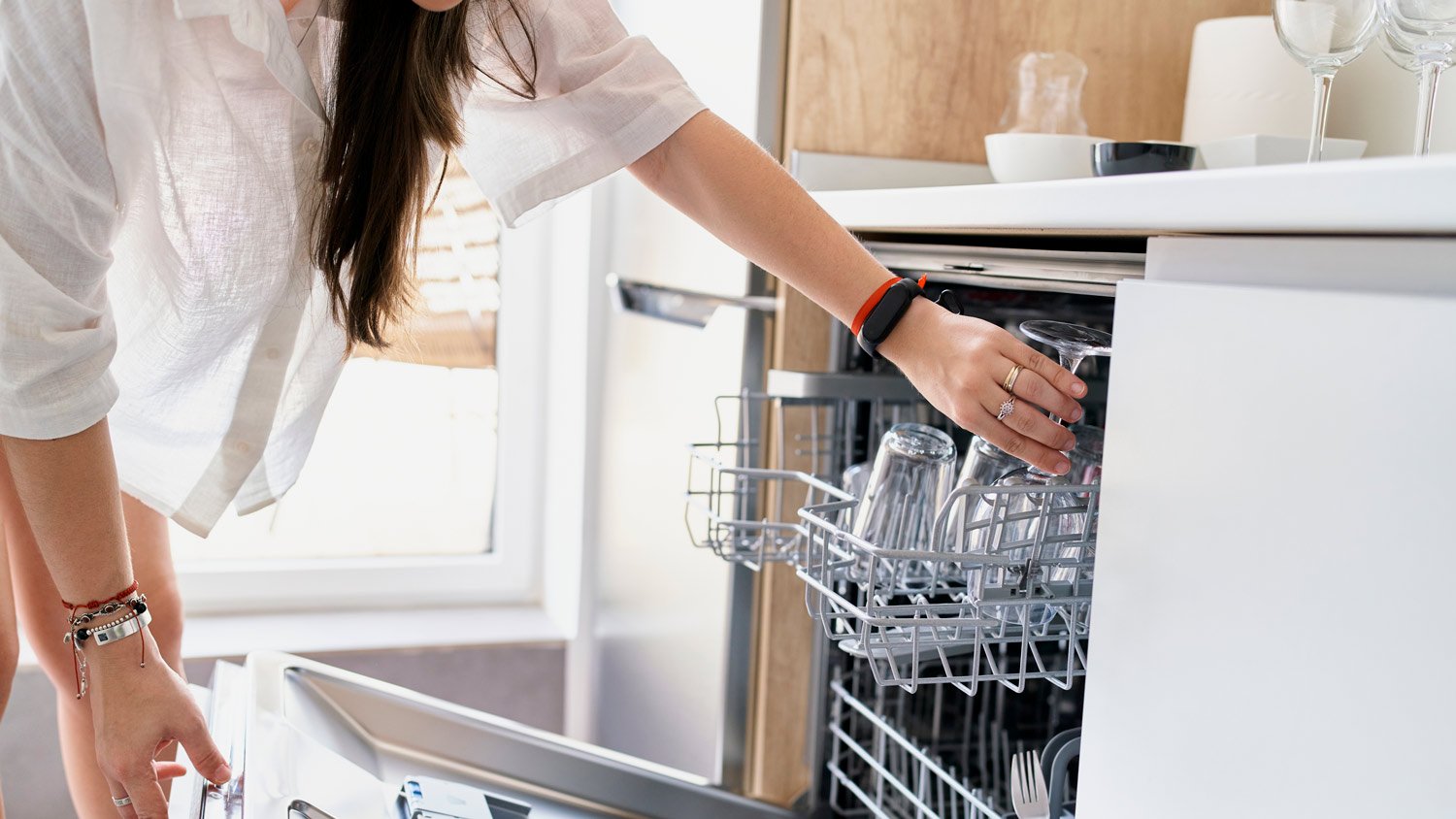
A clogged water softener can reduce the system's efficiency and your water pressure. Here's how to identify problems with yours and what to do about them.